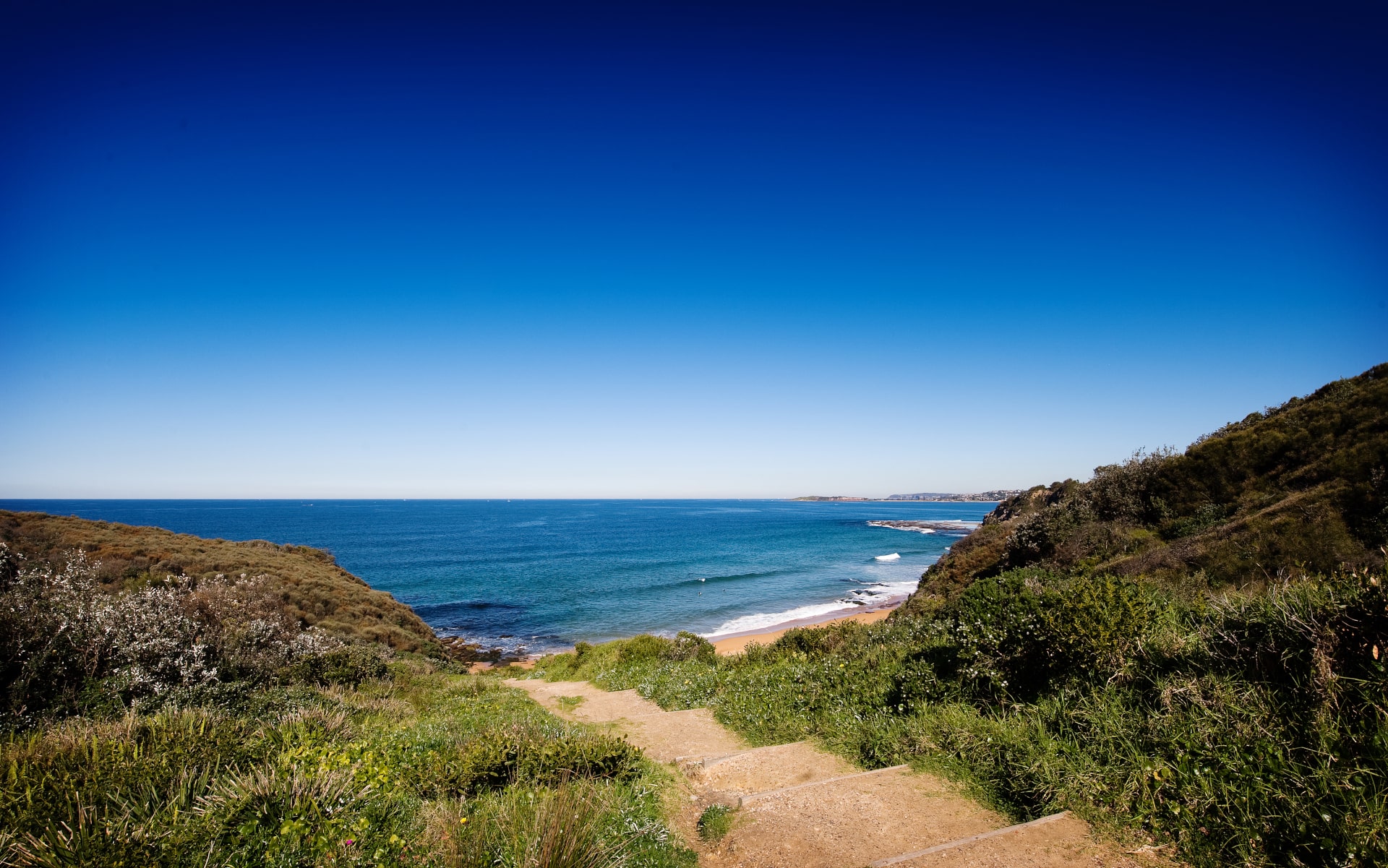Investing in property is a great way to build wealth and, over time, reach a point of financial freedom. Having a solid property investment portfolio will lead to a passive income stream, which will allow you to either retire early, take more holidays or just use it to supplement your current income. With property prices being incredibly strong in recent years, it is understandable to wonder whether it is even possible to get your foot in the door, but read on to see that it might be easier than you think. And the best news is, the more property you have, the easier it is to keep growing your portfolio.
Have a plan
The first step, like with all business or wealth building ideas, is to have a plan. Decide what your end goal is and what you are aiming for. For example, are you looking to supplement your income for a better lifestyle? Do you wish to replace your income completely so you can retire early? Or will this be your security in old age, so you don’t have to rely on the government pension?
When you know your answer to the above question, you can work out how much income you will need to bring in per week to reach these goals.
Another thing to plan is how much money you can afford to put in to the property at the start until you have a tenant paying rent.
Purchasing your first property
The first property is the hardest. Once you have your foot in the door, you can grow your portfolio from there. But for the first one, you will need a deposit, proof of income to cover your bank loan and a lot of patience. This first property is the one where your plan on paper is being put to the test in real life. It is possible that things might cost a little more than you first thought, or that your cash flow might not be quite where it should be after paying the initial outlay costs and charges. This will adjust over time, and you will soon be able to leverage this property to move forward with your next purchase.
Growing your portfolio from one property to two… or three or four
After a while, your first property should increase in value. Along with this, the rent you charge should also be increasing. Once a property has increased in market value and is now worth more than what you owe on it, you have what is called equity in the property and you can use a portion of this to purchase your next place. For example, if you owe $200k on your loan but the bank has now valued the property at $300k, you have $100k equity sitting there. You can use up to about 80% of this equity as a deposit on your next investment, meaning you don’t have to save up and have the cash available this time.
Rinse and repeat and you can see how soon you’ll have a portfolio of property under your belt. Of course, you can also sell a property that has increased in value and use the cash from the sale to buy your next place, but that would not grow your portfolio.
Positive and negative gearing
The difference between the rent coming in compared to your loan repayments determines whether a place is positive or negative geared.
If, after rent, you still need to add some of your own money to make loan repayments, that means it is negatively geared. If the rental income is more than what you owe, that is positive gearing and that is when you receive passive income. Negative and positive gearing both have their benefits depending on what outcomes you want. Negative gearing is better for tax breaks, while positive gearing is better for creating more income.
Tips for purchasing your properties
Spread your investments – Don’t buy all your properties in the same area. This is a safety net so that if one area declines in value, you have other areas that can cover the failing investment.
Don’t buy new – A new property is already at its peak value when you buy it, while an older house or unit has room for improvement. A new property will continue to increase in value along with the market while the older one, if renovated, will increase in value faster.
Think of the tenant, not yourself – When buying a property, keep in mind the prospective tenant and what they would want. This isn’t a place for you to live in, so it doesn’t need to cater to your tastes or needs.
Add some comforts – In order to be getting a passive income, you need a high yet stable return on rent. Sometimes, spending money on things like a dishwasher, air con or cosmetic fixes around the property is worth more in the long run than the initial outlay.
Investing in property for financial freedom is a long-term game. But it is also one of the most tried and trusted ways to create wealth in Australia and will be worth all the patience and research to get there.


